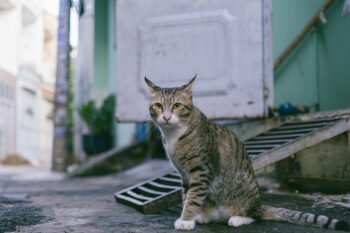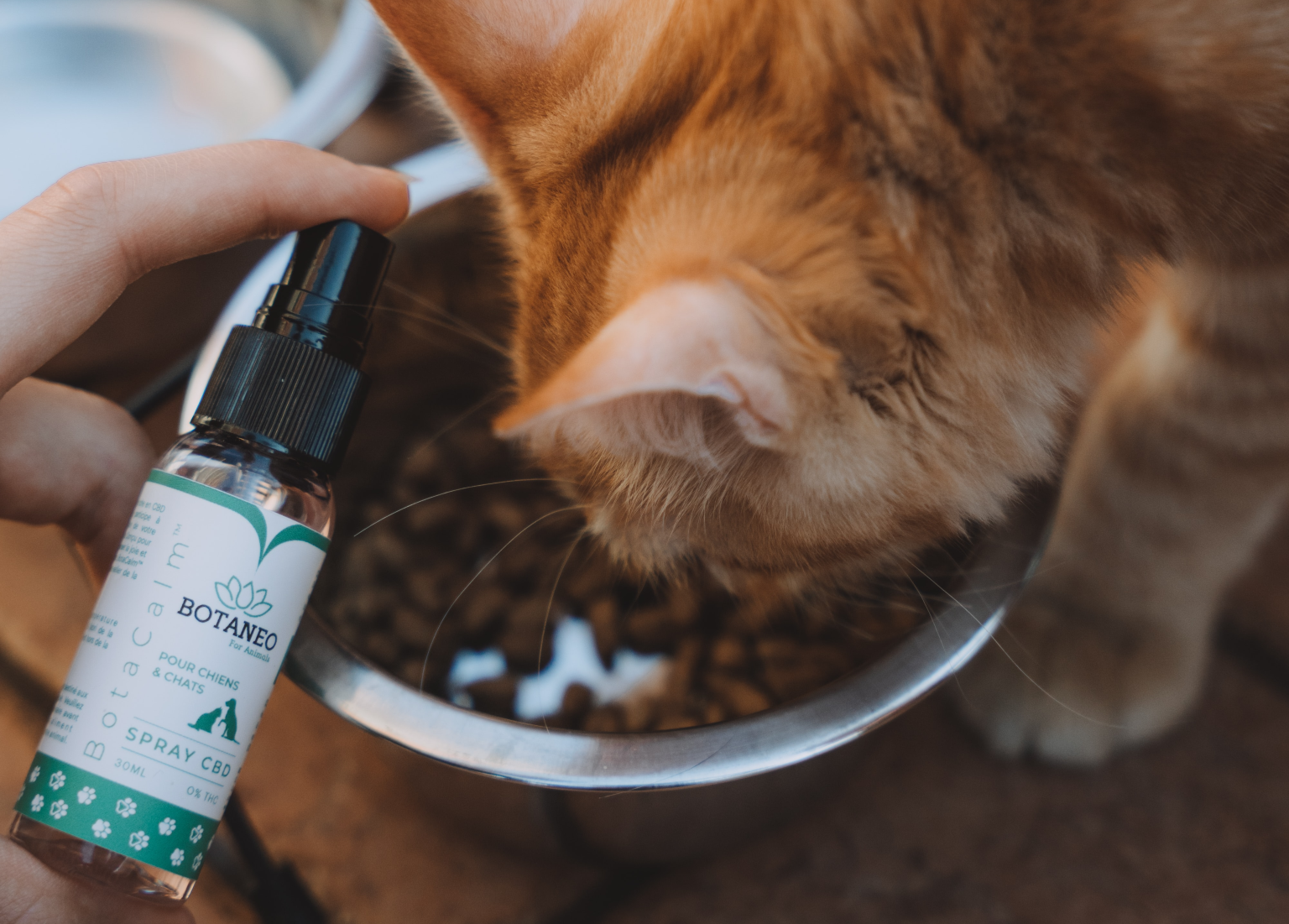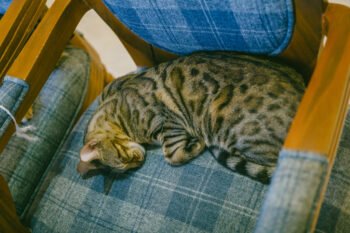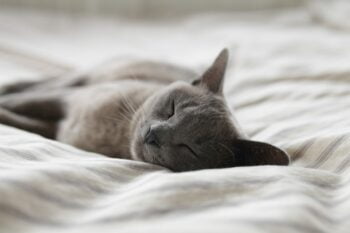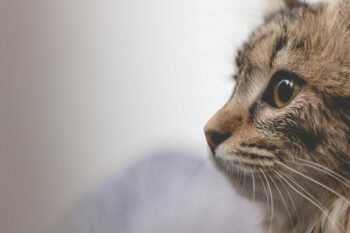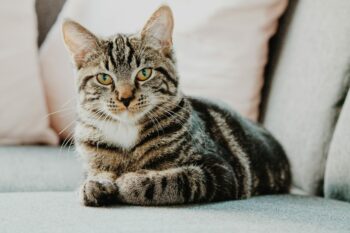For decades, researchers studying humans and other animals have been analyzing how the shape of an individual’s face can predict behavior. As you might imagine, such facial profiling is highly controversial, but elements of it are rooted in scientific fact. Many studies show that hormones like testosterone, which can affect behavior, also influence bone structure. But if you factor in genetics tied to a certain cat breed, the predictions aren’t as clear.
In The Cat Behavior Answer Book: Practical Insights & Proven Solutions for Your Feline Questions, however, author Arden Moore shares how Kit Jenkins, program manager for PetSmart Charities, developed a theory of cat face geometry after more than two decades of study. Jenkins includes the following three basic cat facial shapes in her theory:
Square
Cats with this type of face tend to be big. Maine coons, for example, often fall into this category. Jenkins says they “are the retrievers of the cat world.” She thinks these cats are often more doglike, readily offering affection to their owners.
Round
Cats that fall into this category tend to have circular heads, flat faces and big eyes. Persian and Burmese cats exemplify the look. Jenkins says they tend to be more submissive and wary, but will be affectionate with trusted humans.
Triangular
Cats with this look often have faces that start to narrow at the nose. Siamese and Cornish Rex felines are two examples. Moore says Jenkins describes them as being “curious, smart, athletic and chatty, and they thrive in active households.”
While generalizations can be made based on breed characteristics, they do not tell the whole story. Keep in mind that an individual’s life experiences also play a huge role in behavior. A well-socialized and cared-for cat is likely to be friendly and confident, no matter what it looks like.

